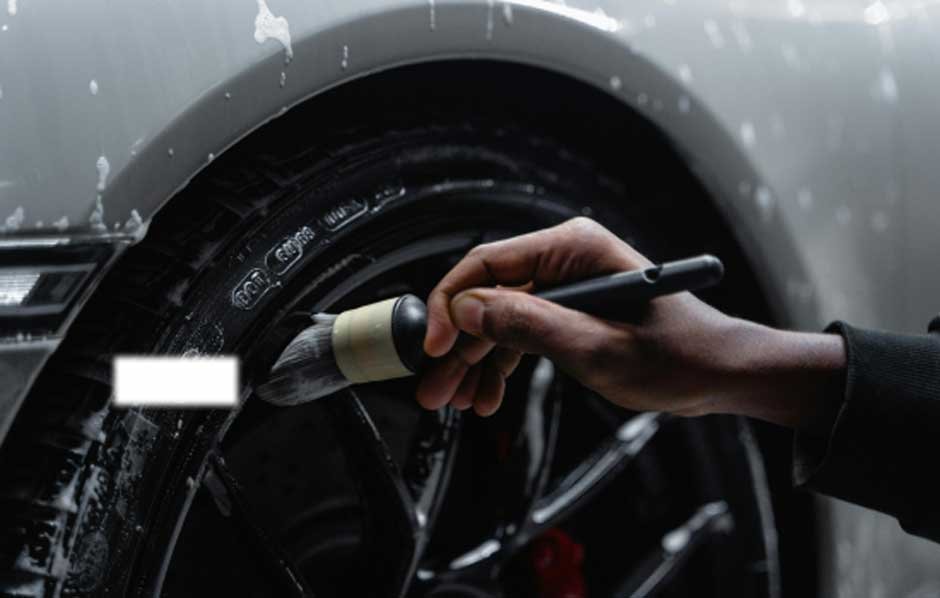Car detailing has come a long way since its humble beginnings.
What started as a simple wash and wax using buckets and sponges has evolved into a sophisticated industry with high-tech equipment and specialized techniques.
In this article, we’ll take a journey through the history of car detailing equipment and explore how it has transformed the way we care for our vehicles.
The Early Days: Buckets, Sponges, and Elbow Grease
In the early days of car detailing, the tools of the trade were simple.
A bucket, a sponge, and some elbow grease were all that was needed to keep a vehicle clean.
Car owners would fill a bucket with water and car soap, dip a sponge in the solution, and scrub away the dirt and grime. While this method was effective, it was time-consuming and labor-intensive.
As the automotive industry grew, so did the demand for better car care products and equipment.
In the 1950s and 60s, the first car wax products hit the market, offering a way to protect and shine a vehicle’s paint.
These early waxes were applied by hand using a cloth or sponge, and required a lot of effort to achieve a glossy finish.
The Rise of Power Tools: Pressure Washers and Polishers
In the 1970s and 80s, power tools began to make their way into the car detailing world.
Pressure washers became popular for their ability to quickly and easily remove dirt and grime from a vehicle’s exterior.
These machines use high-pressure water to blast away stubborn stains and buildup, making the washing process much more efficient.
Another game-changer in the car detailing industry was the introduction of polishers. These tools use a rotating pad to apply wax or polish to a vehicle’s paint, creating a smooth and glossy finish.
Polishers made it possible to achieve professional-level results at home, and quickly became a staple in the garages of car enthusiasts.
The Modern Era: High-Tech Equipment and Specialized Techniques
Today, car detailing has evolved into a highly specialized industry with a wide range of high-tech equipment and techniques.
One of the most significant advancements in recent years has been the development of ceramic coatings. These coatings create a hard, protective layer on a vehicle’s paint that repels water, dirt, and other contaminants.
Applying a ceramic coating requires specialized equipment and training, but the results are well worth the investment.
Another area where technology has transformed car detailing is in the realm of water conservation. Traditional washing methods can use a lot of water, which is not only wasteful but can also be harmful to the environment.
Enter the water truck for sale – a mobile washing solution that uses high-pressure, low-volume water to clean vehicles quickly and efficiently.
These trucks are equipped with advanced filtration systems that recycle and reuse water, reducing waste and minimizing environmental impact.
In addition to these high-tech tools, car detailing professionals have also developed specialized techniques for tackling specific issues.
For example, paint correction is a process that involves removing scratches, swirl marks, and other imperfections from a vehicle’s paint using a combination of polishing compounds and tools. This technique requires a keen eye and a steady hand, but the results can be truly transformative.
The Future of Car Detailing: Innovation and Sustainability
As we look to the future of car detailing, it’s clear that innovation and sustainability will continue to be key drivers of change.
One area where we can expect to see significant advancements is in the realm of nanotechnology. Scientists are already developing new coatings and treatments that use microscopic particles to create ultra-durable, self-cleaning surfaces.
These coatings could revolutionize the way we protect and maintain our vehicles, making it easier than ever to keep them looking their best.
Another trend that is likely to shape the future of car detailing is the growing focus on sustainability.
As consumers become more environmentally conscious, there will be increasing demand for eco-friendly car care products and practices.
This could lead to the development of new, biodegradable cleaning solutions and the widespread adoption of water-saving equipment like mobile water trucks.
Conclusion: Embracing Change and Driving Innovation
The evolution of car detailing equipment has been a fascinating journey, from the early days of buckets and sponges to the high-tech tools and techniques of today.
As the industry continues to evolve, it’s clear that innovation and sustainability will be key drivers of change.
For car enthusiasts and professionals alike, staying up-to-date with the latest advancements in car detailing equipment is essential.
Whether you’re looking to invest in a mobile water truck for sale or experiment with the latest ceramic coatings, there are endless opportunities to embrace change and drive innovation in this exciting field.
At the end of the day, the goal of car detailing remains the same as it has always been: to help vehicle owners keep their prized possessions looking and performing their best.
By combining cutting-edge technology with time-honored techniques, we can continue to push the boundaries of what’s possible and deliver exceptional results for years to come.

